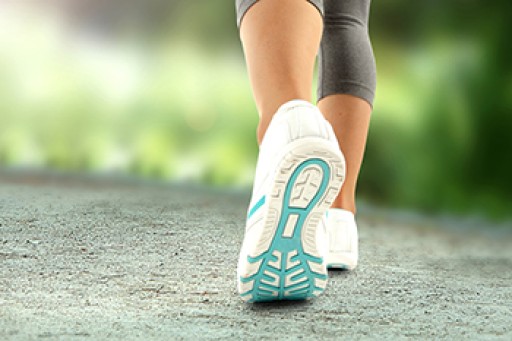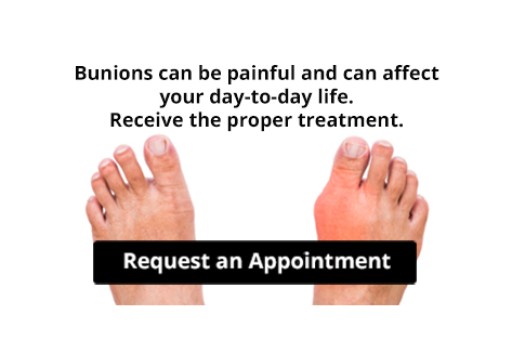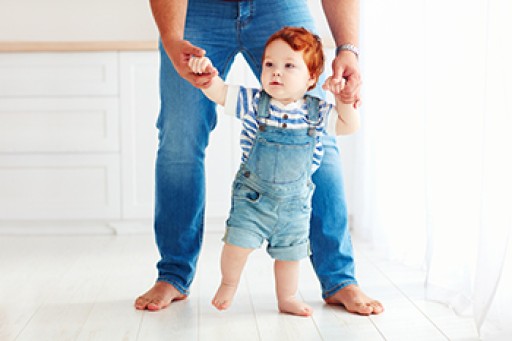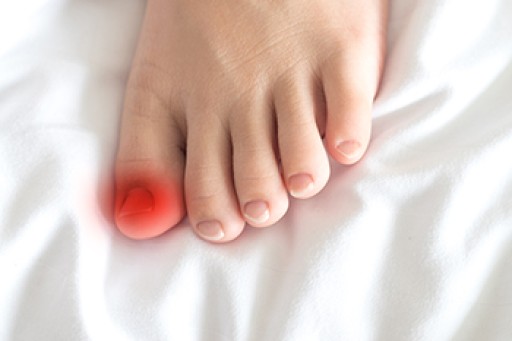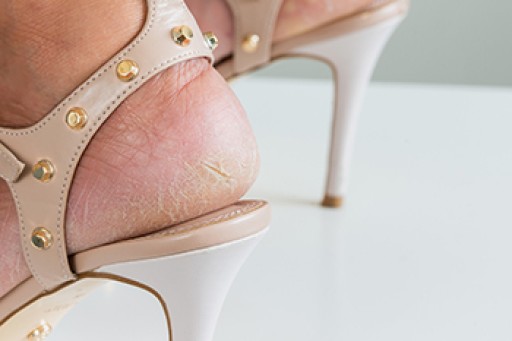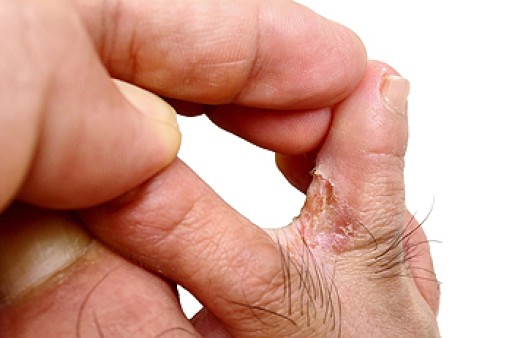
Walking and running are considered to be two different sports that require different shoes to be worn. The foot movements differ between the two activities, and it is beneficial to wear the shoes that fit the need. Running shoes need to support two to three times the body weight, and the outer heel of the foot endures the largest impact as the foot hits the ground. They generally have adequate cushioning that can help to protect the feet and support the heels. Many running shoes are made of mesh materials, and this may help to keep the feet cool. While walking, the foot does not turn inward as much as it does while running and therefore does not require extra cushioning. The flexibility needed in a walking shoe is greater than it is in running shoes, and this helps the foot to push off easily. The angled heels that walking shoes have make it easier to maintain proper foot structure as walking is done. Most walking shoes are designed to be flexible and comfortable while running shoes are stiffer and heavier. If you would like additional information about the differences between walking and running shoes, please speak with a podiatrist.
For more information about walking shoes versus running shoes, consult with one of our podiatrists from Foot Health Center of Merrimack Valley. Our doctors can measure your feet to determine what your needs are and help you find an appropriate pair of footwear.
Foot Health: The Differences between Walking & Running Shoes
There are great ways to stay in shape: running and walking are two great exercises to a healthy lifestyle. It is important to know that running shoes and walking shoes are not interchangeable. There is a key difference on how the feet hit the ground when someone is running or walking. This is why one should be aware that a shoe is designed differently for each activity.
You may be asking yourself what the real differences are between walking and running shoes and the answers may shock you.
Differences
Walking doesn’t involve as much stress or impact on the feet as running does. However, this doesn’t mean that you should be any less prepared. When you’re walking, you land on your heels and have your foot roll forward. This rolling motion requires additional support to the feet.
Flexibility – Walking shoes are designed to have soft, flexible soles. This allows the walker to push off easily with each step.
If you have any questions, please feel free to contact one of our offices located in North Andover, and Tewksbury, MA . We offer the newest diagnostic and treatment technologies for all your foot care needs.

